Wyszukaj
Zmień rozmiar czcionki
Wersje kontrastowe
Digital signal processing in power electronics control circuits, second edition This revised and extended second edition covers problems concerning the design and realization of digital control algorithms for power electronics circuits using digital signal processing (DSP) methods. This book discusses signal processing, starting from analog signal acquisition, through conversion to digital form, methods of filtration and separation, and ending with pulse control of output power transistors. The book is focused on two applications for the considered methods of digital signal processing, a three-phase shunt active power filter and a digital class-D audio power amplifier. The book bridges the gap between power electronics and digital signal processing.
This revised and extended second edition covers problems concerning the design and realization of digital control algorithms for power electronics circuits using digital signal processing (DSP) methods. This book discusses signal processing, starting from analog signal acquisition, through conversion to digital form, methods of filtration and separation, and ending with pulse control of output power transistors. The book is focused on two applications for the considered methods of digital signal processing, a three-phase shunt active power filter and a digital class-D audio power amplifier. The book bridges the gap between power electronics and digital signal processing.
ISBN:978-1-4471-7332-8, Springer 2017
https://link.springer.com/book/10.1007/978-1-4471-7332-8
Prototyping of Concurrent Control Systems Implemented in FPGA Devices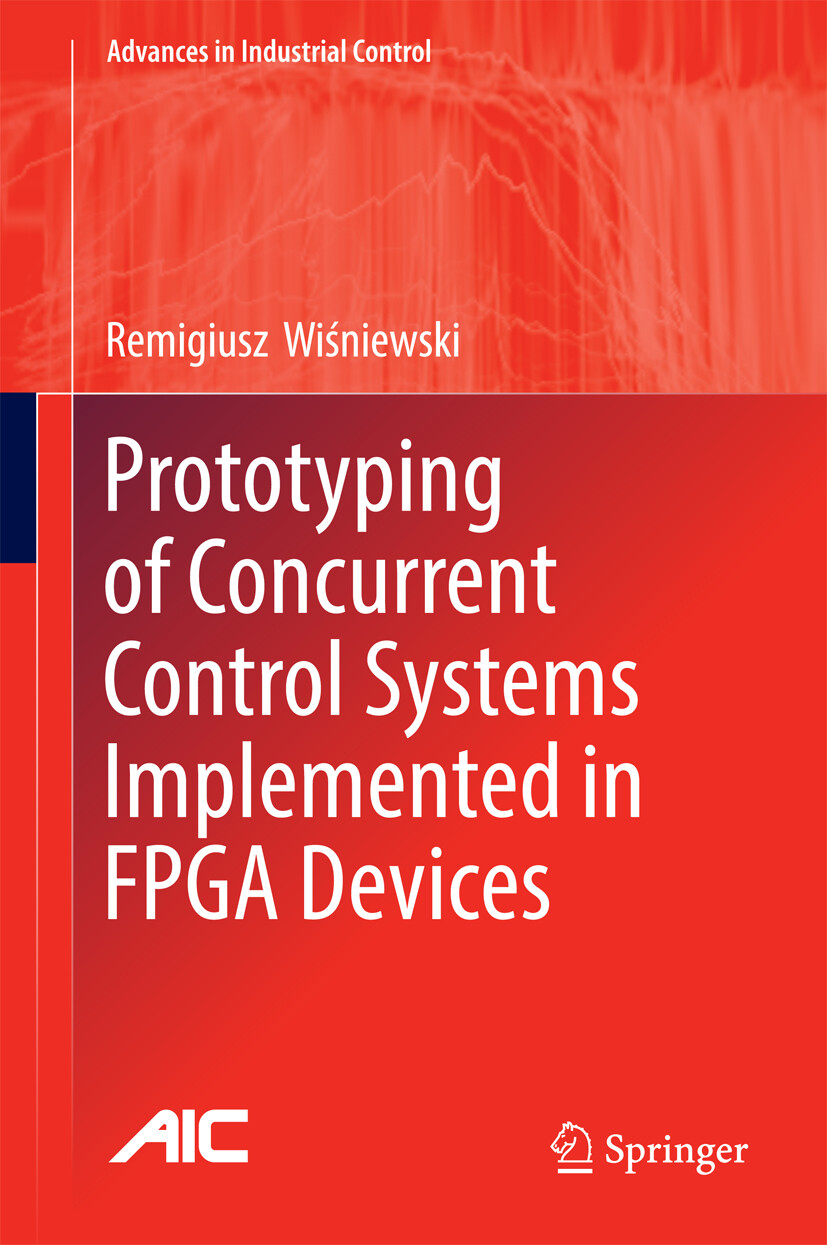 This book focuses on prototyping aspects of concurrent control systems and their further implementation and partial reconfiguration in programmable devices. Further, it lays out a full prototyping flow for concurrent control systems. Based on a given primary specification, a system is described with an interpreted Petri net, which naturally reflects the concurrent and sequential relationships of the design.
This book focuses on prototyping aspects of concurrent control systems and their further implementation and partial reconfiguration in programmable devices. Further, it lays out a full prototyping flow for concurrent control systems. Based on a given primary specification, a system is described with an interpreted Petri net, which naturally reflects the concurrent and sequential relationships of the design.
The book shows that, apart from the traditional option of static configuration of the entire system, the latest programmable devices (especially FPGAs) offer far more sophistication. Partial reconfiguration allows selected parts of the system to be replaced without having to reprogram the entire structure of the device. Approaches to dynamic and static partial reconfiguration of concurrent control systems are presented and described in detail.
The theoretical work is illustrated by examples drawn from various applications, with a milling machine and a traffic-light controller highlighted as representative interpreted Petri nets.
Given the ubiquity of concurrent control systems in a huge variety of technological areas including transportation, medicine, artificial intelligence, manufacturing, security and safety and planetary exploration, the innovative software and hardware design methods described here will be of considerable interest to control engineers and systems and circuits researchers in many areas of industry and academia.
ISBN: 978-3-319-45811-3, Berlin – Heidelberg : Springer International Publishing, 2017
https://link.springer.com/book/10.1007/978-3-319-45811-3
Techniki modulacju stosowane w falownikach napięcia w aspekcie EMC
ISBN: 978-83-7842-202-0
Zielona Góra: Uniwersytet Zielonogórski, 2014
Power Theories for Improved Power Quality Książka ta wprowadza w podstawowe zagadnienia jakości energii, ze szczególnym uwzględnieniem aktywnej kompensacji i algorytmów sterowania opartych na procesorach DSP.Podzielona jest na rozdziały, w których omówiono: teorię mocy i historię rozwoju tych teorii oraz zagadnienia praktyczne. Przedstawiono zasadę działania algorytmu sterowania DSP regulatora oraz przedstawiono wiele przykładów obliczeniowych i wyników badań laboratoryjnych, główny zakres zastosowania algorytmu sterowania oraz propozycję schematu praktycznego.
Książka ta wprowadza w podstawowe zagadnienia jakości energii, ze szczególnym uwzględnieniem aktywnej kompensacji i algorytmów sterowania opartych na procesorach DSP.Podzielona jest na rozdziały, w których omówiono: teorię mocy i historię rozwoju tych teorii oraz zagadnienia praktyczne. Przedstawiono zasadę działania algorytmu sterowania DSP regulatora oraz przedstawiono wiele przykładów obliczeniowych i wyników badań laboratoryjnych, główny zakres zastosowania algorytmu sterowania oraz propozycję schematu praktycznego.
ISBN: 978-7-111-44230-1, Pekin: China Machine Press, 2014 [całość w jęz. chińskim]
http://www.cmpbook.com/products/detail?id=36735
Conducted Electromagnetic Interface (EMI) in Smart Grids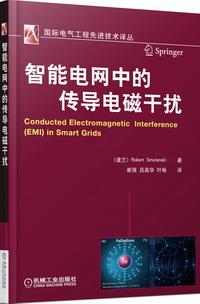 Ta książka szczegółowo omawia kwestię przewodzonych zakłóceń elektromagnetycznych (EMI) w inteligentnych sieciach. Poprzez wiele eksperymentów i symulacji autor umożliwia czytelnikom dalsze zrozumienie i zrozumienie mechanizmu powstawania, źródeł zakłóceń, metod pomiarowych, przepisów pomiarowych i technik tłumienia tych źródeł zakłóceń w inteligentnych sieciach oraz wykorzystanie ich we własnych praktykach projektowych. Książka podzielona jest na 7 rozdziałów, obejmujących interfejsy energoelektroniczne w inteligentnych sieciach, standaryzowane pomiary przewodzonych EMI, prowadzone problemy EMI w inteligentnych sieciach, zmiany charakterystyk EMI w inteligentnych sieciach, kompensację źródeł zakłóceń w interfejsach energoelektronicznych, procedury inteligentnego pomiaru EMI w sieci elektrycznej i streszczenie książki.Książka może być wykorzystywana przez projektantów produktów energoelektronicznych stosowanych w inteligentnych sieciach, inżynierów kompatybilności elektromagnetycznej i projektantów integracji systemów, a także jako podręcznik referencyjny dla studentów studiów magisterskich na kierunku inżynieria energetyki i informacji elektronicznej na uczelniach wyższych.
Ta książka szczegółowo omawia kwestię przewodzonych zakłóceń elektromagnetycznych (EMI) w inteligentnych sieciach. Poprzez wiele eksperymentów i symulacji autor umożliwia czytelnikom dalsze zrozumienie i zrozumienie mechanizmu powstawania, źródeł zakłóceń, metod pomiarowych, przepisów pomiarowych i technik tłumienia tych źródeł zakłóceń w inteligentnych sieciach oraz wykorzystanie ich we własnych praktykach projektowych. Książka podzielona jest na 7 rozdziałów, obejmujących interfejsy energoelektroniczne w inteligentnych sieciach, standaryzowane pomiary przewodzonych EMI, prowadzone problemy EMI w inteligentnych sieciach, zmiany charakterystyk EMI w inteligentnych sieciach, kompensację źródeł zakłóceń w interfejsach energoelektronicznych, procedury inteligentnego pomiaru EMI w sieci elektrycznej i streszczenie książki.Książka może być wykorzystywana przez projektantów produktów energoelektronicznych stosowanych w inteligentnych sieciach, inżynierów kompatybilności elektromagnetycznej i projektantów integracji systemów, a także jako podręcznik referencyjny dla studentów studiów magisterskich na kierunku inżynieria energetyki i informacji elektronicznej na uczelniach wyższych.
ISBN:978-7-111-44326-1, Pekin: China Machine Press, 2014 [całość w jęz. chińskim]
http://www.cmpbook.com/products/detail?id=36733
Energooszczędne i aktywne systemy budynkowe: techniczne i eksploatacyjne aspekty implementacji miejscowych źródeł energii elektrycznej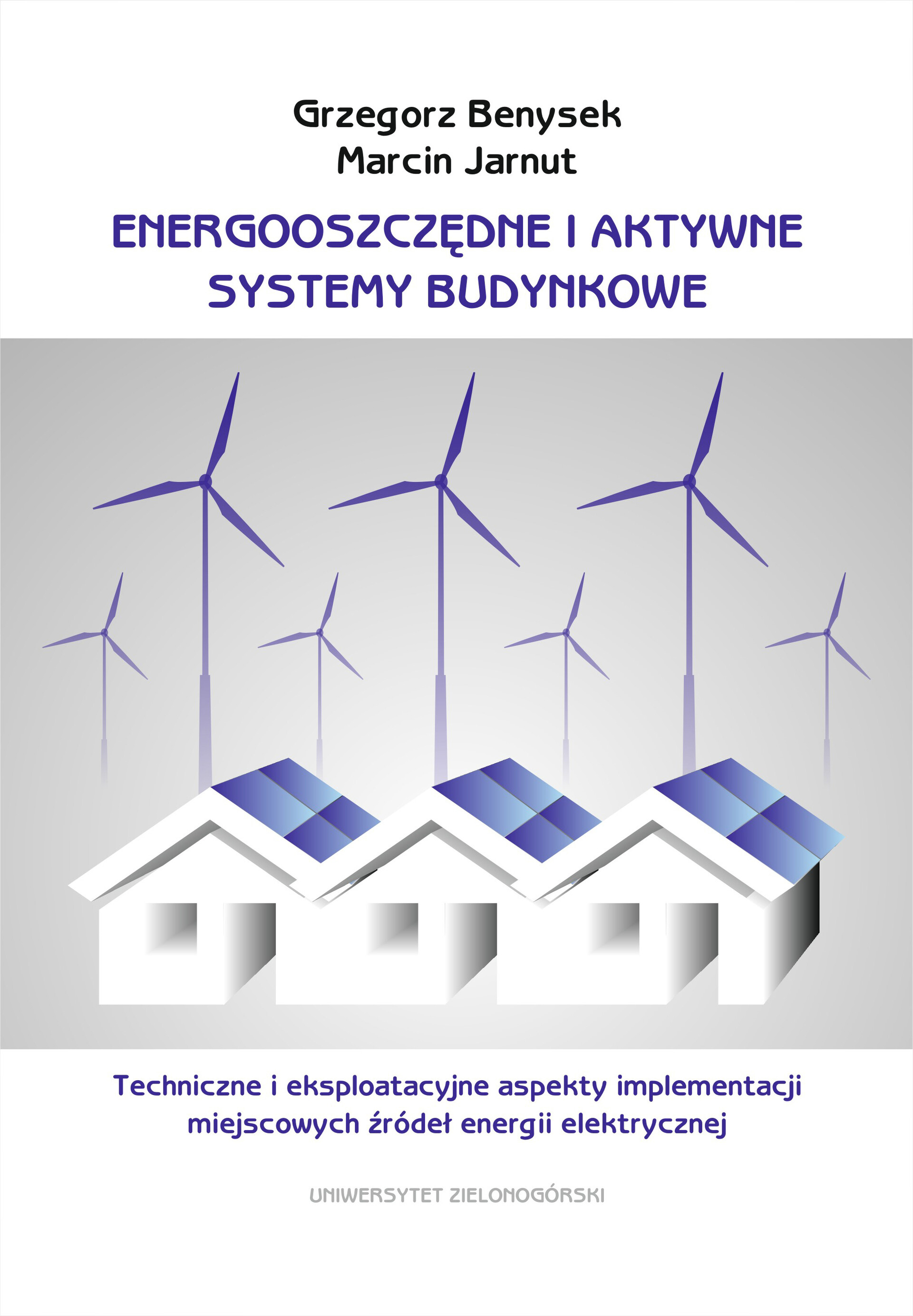
ISBN: 978-83-7842-103-0
Zielona Góra: Oficyna Wydawnicza Uniwersytetu Zielonogórskiego, 2013
Three-phase AC-AC power converters based on matrix converter topology: matrix-reactance frequency converters concept
AC voltage frequency changes is one of the most important functions of solid state power converters. The most desirable features in frequency converters are the ability to generate load voltages with arbitrary amplitude and frequency, sinusoidal currents and voltages waveforms; the possibility of providing unity power factor for any load; and, finally, a simple and compact power circuit. Over the past decades, a number of different frequency converter topologies have appeared in the literature, but only the converters with either a voltage or current DC link are commonly used in industrial applications. Improvements in power semiconductor switches over recent years have resulted in the development of many structures of AC-AC converters without DC electric energy storage. Such converters are an alternative solution for frequently recommended systems with DC energy storage and are characterized by a lower price, smaller size and longer lifetime. Most of the these topologies are based on the structure of the matrix converter.
Three-Phase AC-AC Power Converters Based On Matrix Converter Topology: Matrix-reactance frequency converters concept presents a review of power frequency converters, with special attention paid to converters without DC energy storage. Particular attention is paid to nine new converters named matrix-reactance frequency converters which have been developed by the author and the team of researchers from Institute of Electrical Engineering at the University of Zielona Góra. The topologies of the presented matrix-reactance frequency converters are based on a three-phase unipolar buck-boost matrix-reactance chopper with source or load switches arranged as in a matrix converter. This kind of approach makes it possible to obtain an output voltage greater than the input one (similar to that in a matrix-reactance chopper) and a frequency conversion (similar to that in a matrix converter).
Written for researchers and Ph.D. students working in the field of power electronics converters and drive systems, Three-Phase AC-AC Power Converters Based On Matrix Converter Topology: Matrix-reactance frequency converters concept will also be valuable to power electronics converter designers and users; R&D centers; and readers needing industry solutions in variable speed drive systems, such as automation and aviation.
ISBN: 978-1-4471-4896-8, Berlin – Heidelberg: Springer, 2013
https://link.springer.com/book/10.1007/978-1-4471-4896-8
Digital signal processing in power electronics control circuits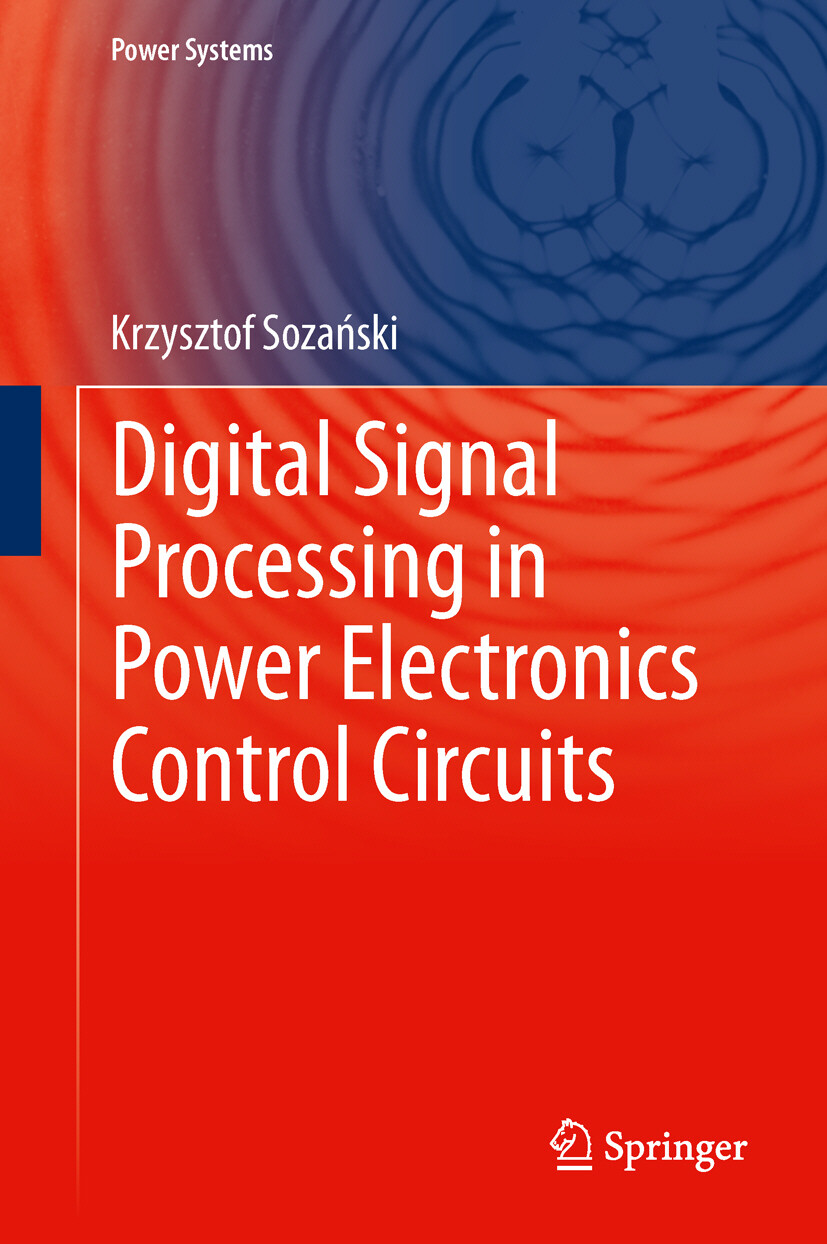 Many digital control circuits in current literature are described using analog transmittance. This may not always be acceptable, especially if the sampling frequency and power transistor switching frequencies are close to the band of interest. Therefore, a digital circuit is considered as a digital controller rather than an analog circuit. This helps to avoid errors and instability in high frequency components.
Many digital control circuits in current literature are described using analog transmittance. This may not always be acceptable, especially if the sampling frequency and power transistor switching frequencies are close to the band of interest. Therefore, a digital circuit is considered as a digital controller rather than an analog circuit. This helps to avoid errors and instability in high frequency components.
Digital Signal Processing in Power Electronics Control Circuits covers problems concerning the design and realization of digital control algorithms for power electronics circuits using digital signal processing (DSP) methods. This book bridges the gap between power electronics and DSP. The following realizations of digital control circuits are considered: digital signal processors, microprocessors, microcontrollers, programmable digital circuits.
Discussed in this book is signal processing, starting from analog signal acquisition, through its conversion to digital form, methods of its filtration and separation, and ending with pulse control of output power transistors. The book is focused on two applications for the considered methods of digital signal processing: an active power filter and a digital class D power amplifier.
The major benefit to readers is the acquisition of specific knowledge concerning discussions on the processing of signals from voltage or current sensors using a digital signal processor and to the signals controlling the output inverter transistors. Included are some Matlab examples for illustration of the considered problems.
ISBN: 978-1-4471-5267-5, London: Springer-Verlag, 2013
https://link.springer.com/book/10.1007/978-1-4471-5267-5
Conducted electromagnetic interference (EMI) in smart grids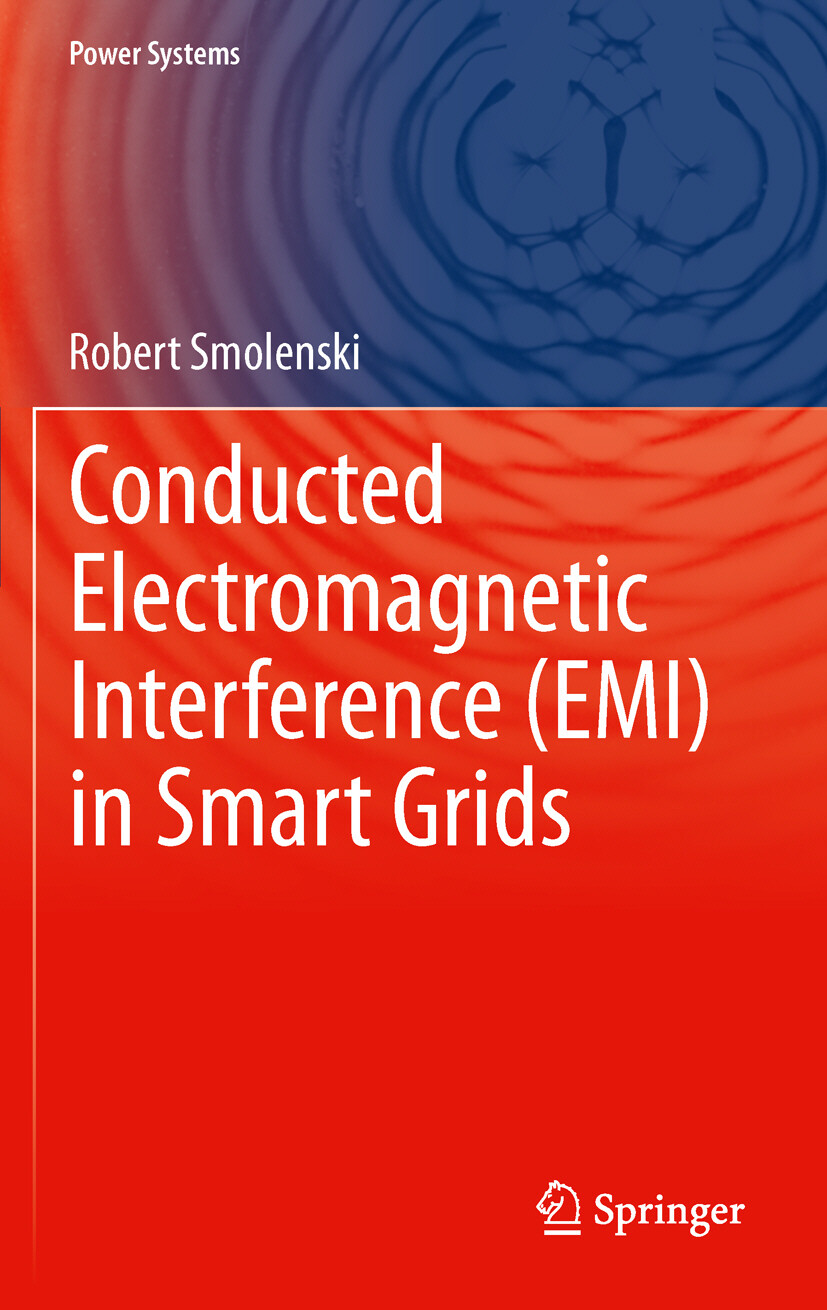 As power systems develop to incorporate renewable energy sources, the delivery systems may be disrupted by the changes involved. The grid’s technology and management must be developed to form Smart Grids between consumers, suppliers and producers. Conducted Electromagnetic Interference (EMI) in Smart Grids considers the specific side effects related to electromagnetic interference (EMI) generated by the application of these Smart Grids.
As power systems develop to incorporate renewable energy sources, the delivery systems may be disrupted by the changes involved. The grid’s technology and management must be developed to form Smart Grids between consumers, suppliers and producers. Conducted Electromagnetic Interference (EMI) in Smart Grids considers the specific side effects related to electromagnetic interference (EMI) generated by the application of these Smart Grids.
Conducted Electromagnetic Interference (EMI) in Smart Grids presents specific EMI conducted phenomena as well as effective methods to filter and handle them once identified.
After introduction to Smart Grids, the following sections cover dedicated methods for EMI reduction and potential avenues for future development including chapters dedicated to:
By focusing on these key aspects, Conducted Electromagnetic Interference (EMI) in Smart Grids provides a concise and comprehensive coverage of an extensive subject matter. It constitutes a key resource for any industry practitioners, researchers or system designers with interest in Smart Grids, particularly their electromagnetic compatibility in the conducted EMI frequency range.
ISBN: 978-1-4471-2960-8, London: Springer-Verlag, 2012
https://link.springer.com/book/10.1007/978-1-4471-2960-8
Power theories for improved power quality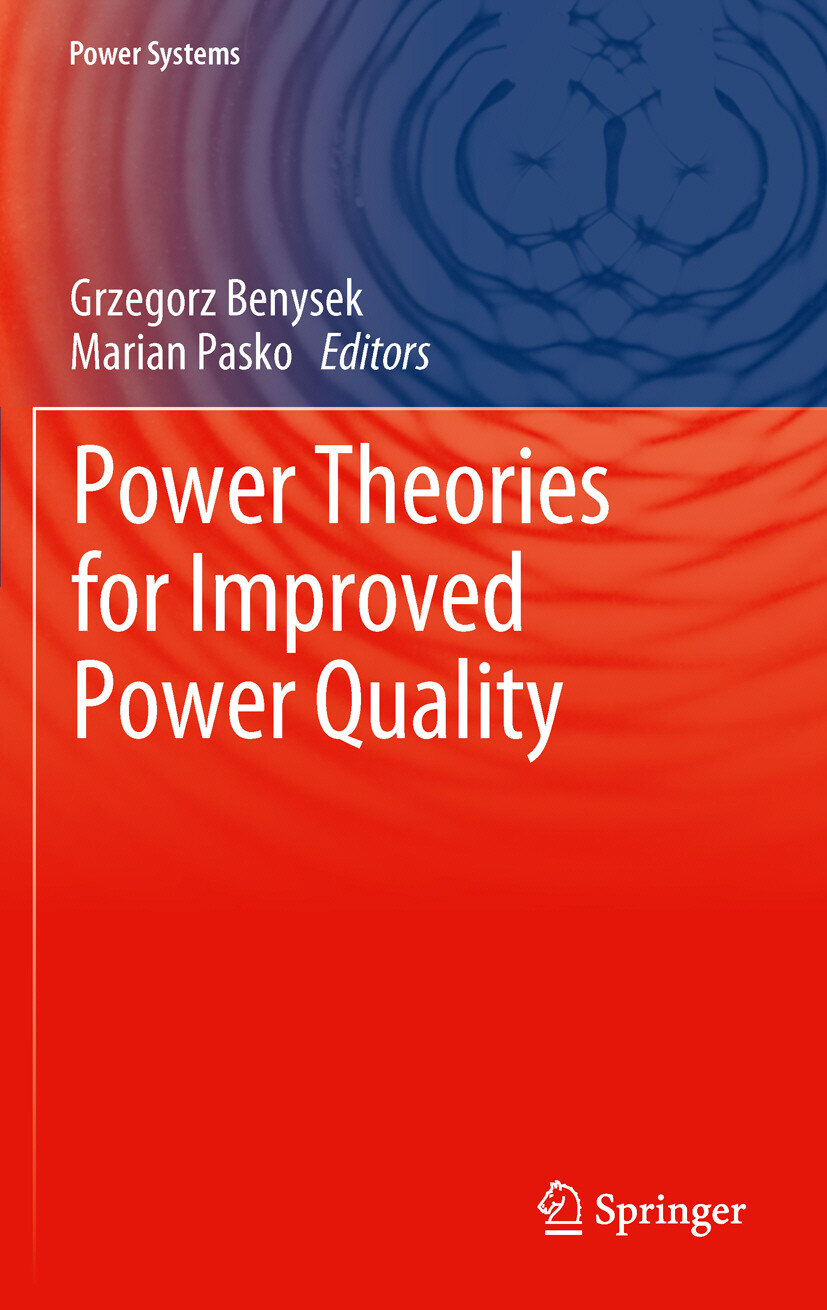 Power quality describes a set of parameters of electric power and the load’s ability to function properly under specific conditions. It is estimated that problems relating to power quality costs the European industry hundreds of billions of Euros annually. In contrast, financing for the prevention of these problems amount to fragments of these costs. Power Theories for Improved Power Quality addresses this imbalance by presenting and assessing a range of methods and problems related to improving the quality of electric power supply.
Power quality describes a set of parameters of electric power and the load’s ability to function properly under specific conditions. It is estimated that problems relating to power quality costs the European industry hundreds of billions of Euros annually. In contrast, financing for the prevention of these problems amount to fragments of these costs. Power Theories for Improved Power Quality addresses this imbalance by presenting and assessing a range of methods and problems related to improving the quality of electric power supply.
Focusing particularly on active compensators and the DSP based control algorithms, Power Theories for Improved Power Quality introduces the fundamental problems of electrical power.
This introduction is followed by chapters which discuss:
Power Theories for Improved Power Quality is a key study resource for students in engineering and technical degrees as well as a reference for professional and practitioners in the electrical energy sector working with power quality.
ISBN: 978-1-4471-2786-4, London: Springer, 2012
https://link.springer.com/book/10.1007/978-1-4471-2786-4
Analiza i badania właściwości transformatorów hybrydowych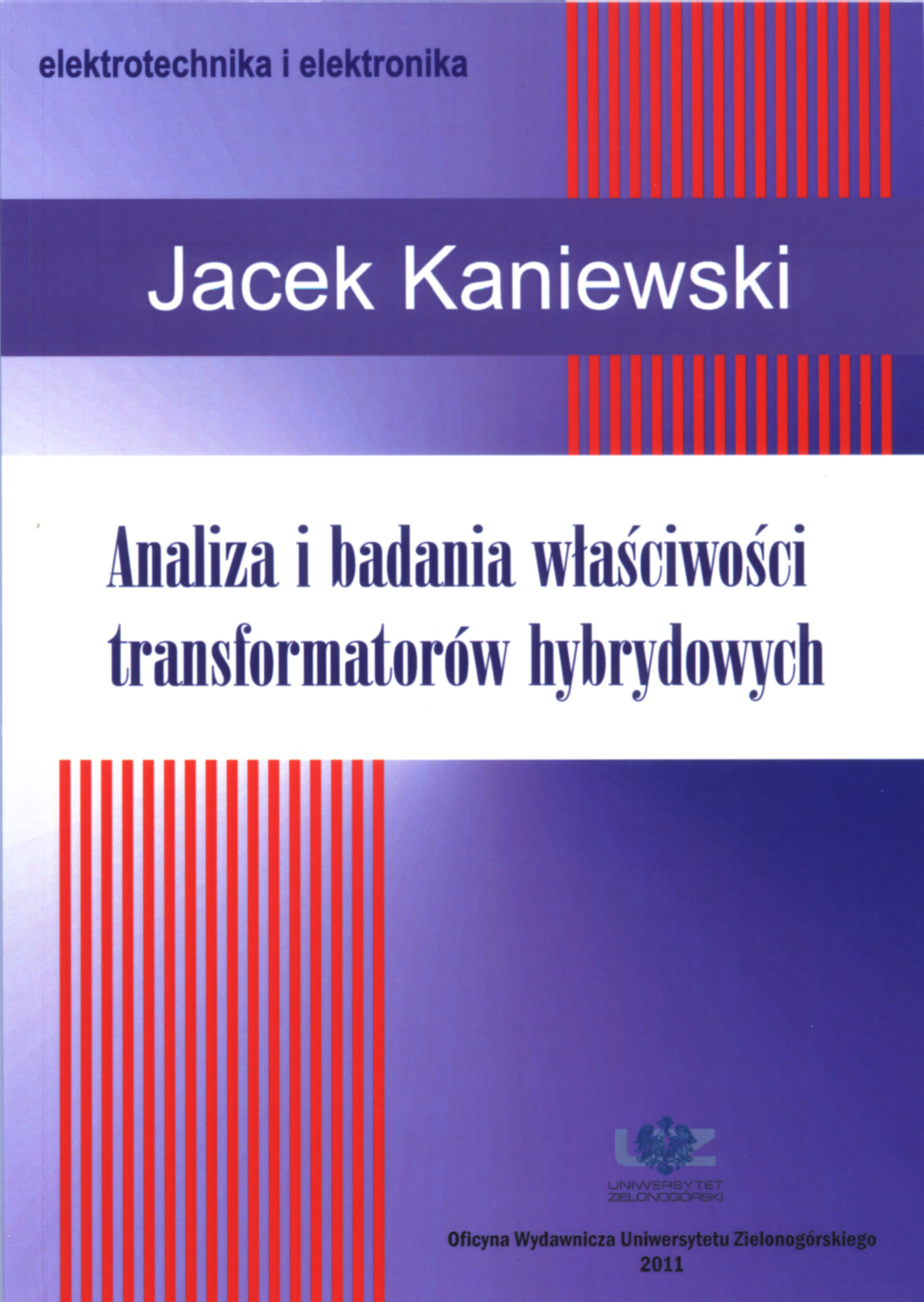
ISBN: 978-83-7481-416-4
Zielona Góra: Oficyna Wydawnicza Uniwersytetu Zielonogórskiego, 2011
Power electronics in smart electrical energy networks Energoelektronika w inteligentnych sieciach elektroenergetycznych wprowadza nowy punkt widzenia na energoelektronikę, ponownie przemyślejąc podstawową filozofię rządzącą systemami dystrybucji energii elektrycznej. Proponowana koncepcja w pełni wykorzystuje potencjalne zalety odnawialnych źródeł energii i generacji rozproszonej (DG), które powinny być nie tylko połączone, ale również w pełni zintegrowane z systemem dystrybucyjnym w celu zwiększenia wydajności, elastyczności, bezpieczeństwa, niezawodności i jakości energii elektrycznej i sieci. Przekształcenie obecnych sieci elektroenergetycznych w sieci inteligentne (odporne i interaktywne) wymaga rozwoju, propagowania i demonstracji kluczowych technologii wspomagających, konkurencyjnych pod względem kosztów (np. innowacyjnych rozwiązań połączeń wzajemnych i technologii magazynowania energii ze źródeł odnawialnych itp.).
Energoelektronika w inteligentnych sieciach elektroenergetycznych wprowadza nowy punkt widzenia na energoelektronikę, ponownie przemyślejąc podstawową filozofię rządzącą systemami dystrybucji energii elektrycznej. Proponowana koncepcja w pełni wykorzystuje potencjalne zalety odnawialnych źródeł energii i generacji rozproszonej (DG), które powinny być nie tylko połączone, ale również w pełni zintegrowane z systemem dystrybucyjnym w celu zwiększenia wydajności, elastyczności, bezpieczeństwa, niezawodności i jakości energii elektrycznej i sieci. Przekształcenie obecnych sieci elektroenergetycznych w sieci inteligentne (odporne i interaktywne) wymaga rozwoju, propagowania i demonstracji kluczowych technologii wspomagających, konkurencyjnych pod względem kosztów (np. innowacyjnych rozwiązań połączeń wzajemnych i technologii magazynowania energii ze źródeł odnawialnych itp.).
Lektura obowiązkowa dla profesjonalistów z branży energetycznej i użyteczności publicznej, naukowców i doktorantów pracujących w dziedzinie rozproszonych systemów elektroenergetycznych, <EM>Power Electronics in Smart Electrical Energy Networks przedstawia cechy, rozwiązania i zastosowania układów energoelektronicznych przydatnych dla przyszłch inteligentnych sieci energetycznych.
ISBN: 978-7-111-31079-2
Pekin: China Machine Press, 2010 [całość w jęz. chińskim]
Electrotechnical systems: calculation and analysis with Mathematica and PSpice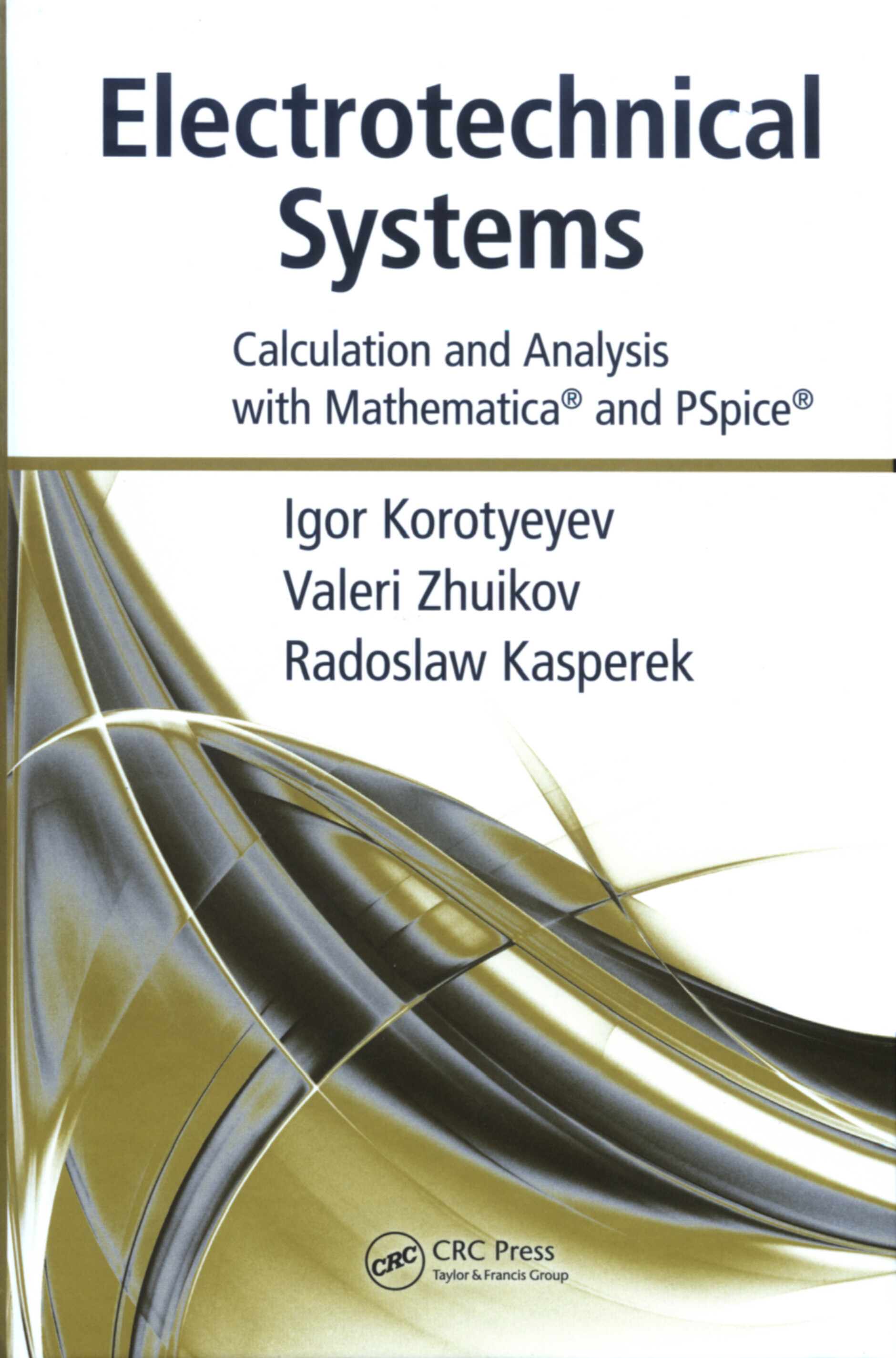 Advances in mathematical methods, computer technology, and electrotechnical devices in particular continue to result in the creation of programs that are leading to increased labor productivity. Mathematical and simulation programs—and other programs that unite these two operations—provide the ability to calculate transitional, steady-state processes, stability conditions, and harmonic composition, and are often used to analyze processes in power electronic systems.
Advances in mathematical methods, computer technology, and electrotechnical devices in particular continue to result in the creation of programs that are leading to increased labor productivity. Mathematical and simulation programs—and other programs that unite these two operations—provide the ability to calculate transitional, steady-state processes, stability conditions, and harmonic composition, and are often used to analyze processes in power electronic systems.
Electrotechnical Systems: Calculation and Analysis with Mathematica and PSpice explores the potential of two such programs—Mathematica and ORCAD (PSpice)—as they are used for analysis in various areas. The authors discuss the formulation of problems and the steps in their solution. They focus on the analysis of transient, steady-state processes and their stability in non-stationary and nonlinear systems with DC and AC converters. All problems are solved using Mathematica, and program codes are presented. The authors use ORCAD (PSpice) to compare the results obtained by employing Mathematica and to demonstrate the peculiarities associated with its use.
This book clearly and concisely illustrates represented expressions, variables, and functions and the general application of the mathematical pocket Mathematica 4.2 for the analysis of the electromagnetic processes in electrotechnical systems. It will be a valuable addition to the library of anyone working with electrotechnical systems.
Power electronics in smart electrical energy networks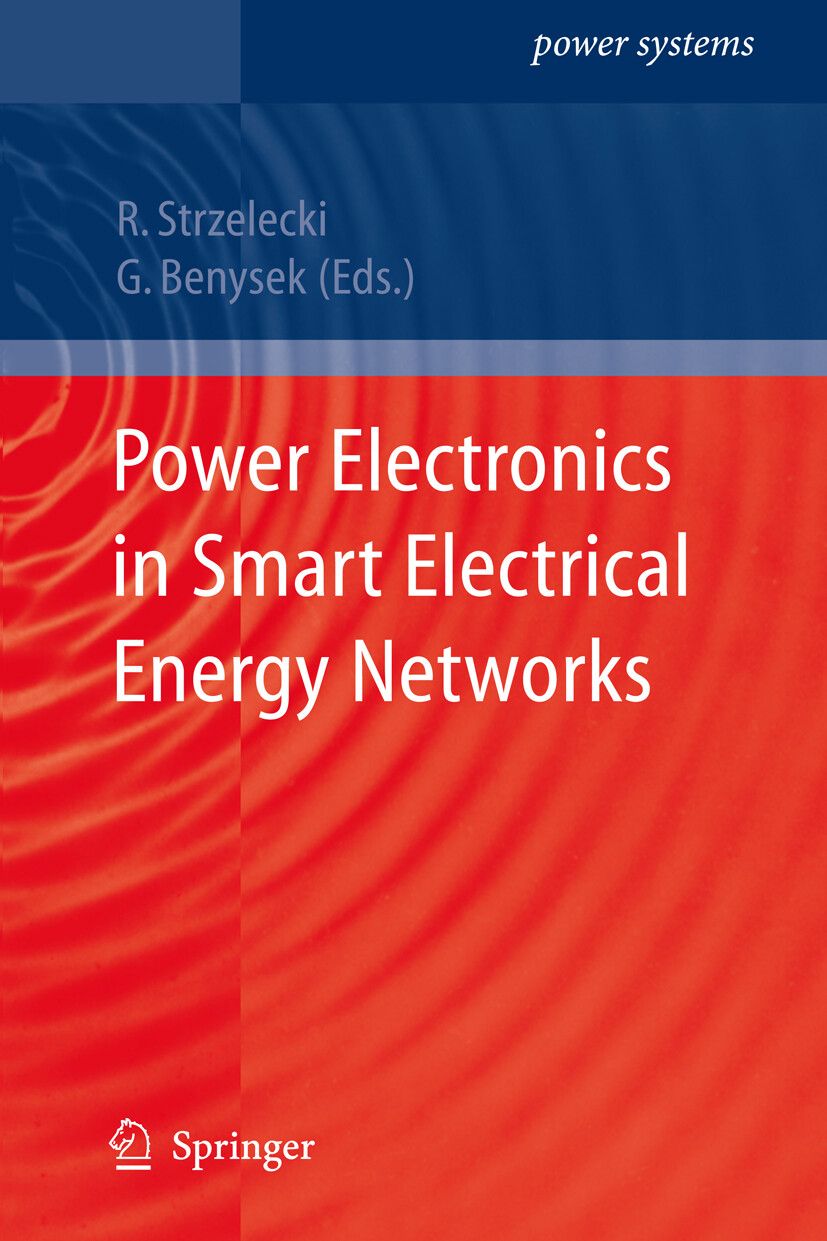
ISBN: 978-1-84800-317-0
London: Springer-Verlag, 2008
Improvement in the quality of delivery of electrical energy using power electronics systems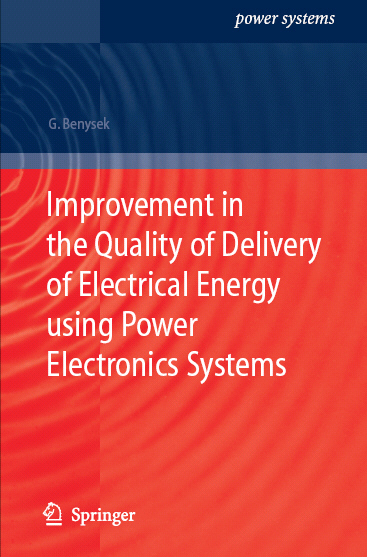 Electrical power is ubiquitous and continuously increasing in demand, with the result that power systems often operate close to their stability and thermal ratings. In order to tackle this problem, extraordinary changes are now taking place in the electrical supply industry worldwide, and conventional electromechanical technologies are becoming replaced by power electronics equipment.
Electrical power is ubiquitous and continuously increasing in demand, with the result that power systems often operate close to their stability and thermal ratings. In order to tackle this problem, extraordinary changes are now taking place in the electrical supply industry worldwide, and conventional electromechanical technologies are becoming replaced by power electronics equipment.
Improvement in the Quality of Delivery of Electrical Energy using Power Electronics Systems provides a detailed review of power electronics systems, covering both Flexible AC Transmissions Systems (FACTS) and Custom Power Systems (CUPS).
Improvement in the Quality of Delivery of Electrical Energy using Power Electronics Systems is a valuable resource for researchers and advanced postgraduate students in the fields of power quality improvement and distributed electrical power systems. This monograph will also be of interest to professionals working in industries such as telecommunication, where solutions are needed to improve the quality of the electrical power supply.
ISBN: 978-1-84628-648-3, London: Springer-Verlag, 2007
https://link.springer.com/book/10.1007/978-1-84628-649-0
Elektromagnetyczne zaburzenia przewodzone w układach napędów przekształtnikowych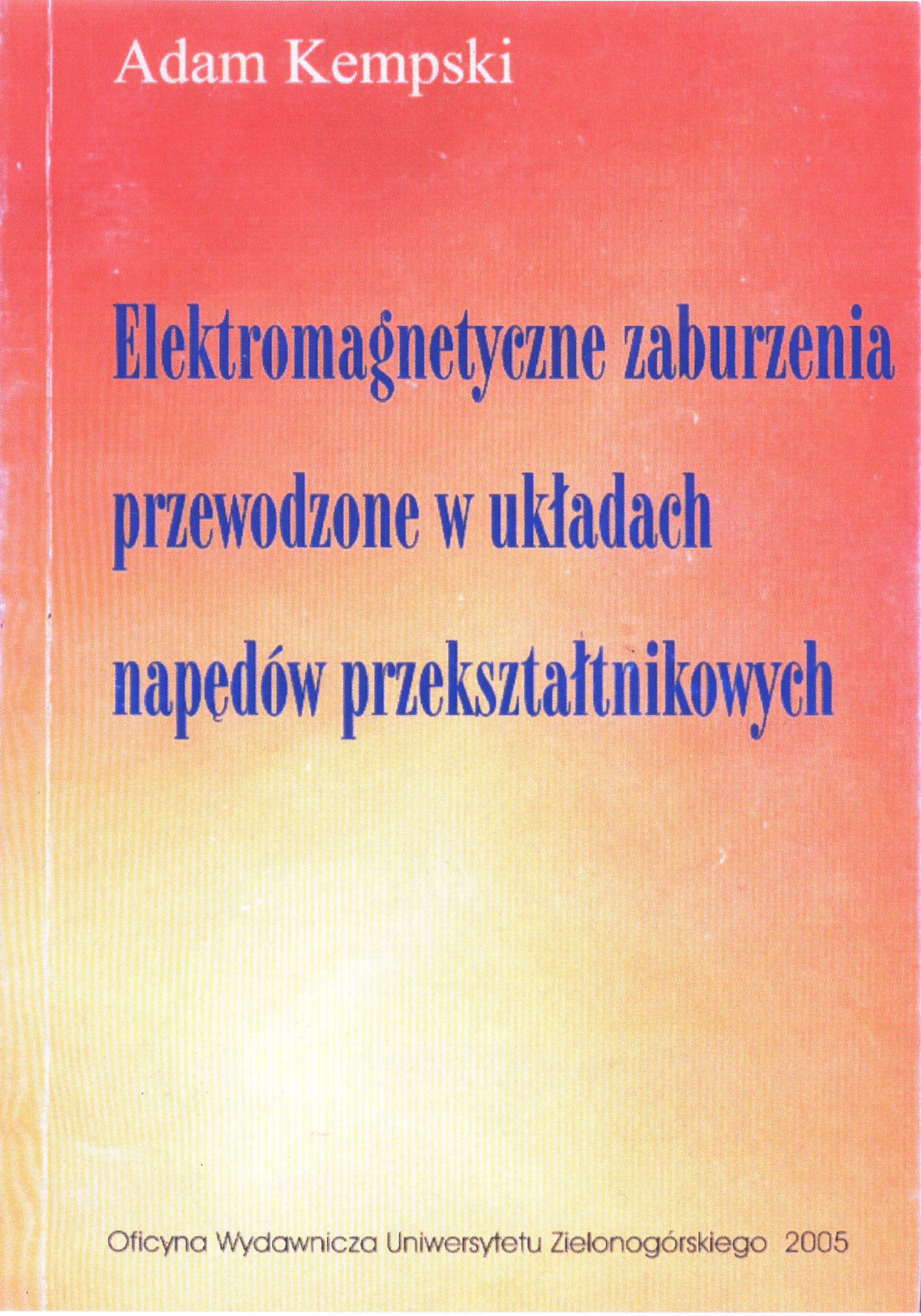
ISBN: 83-89712-70-9
Zielona Góra: Oficyna Wydawnicza Uniwersytetu Zielonogórskiego, 2005
Selected issues in the theory of linear and non-linear systems = Wybrane zagadnienia teorii układów liniowych i nieliniowych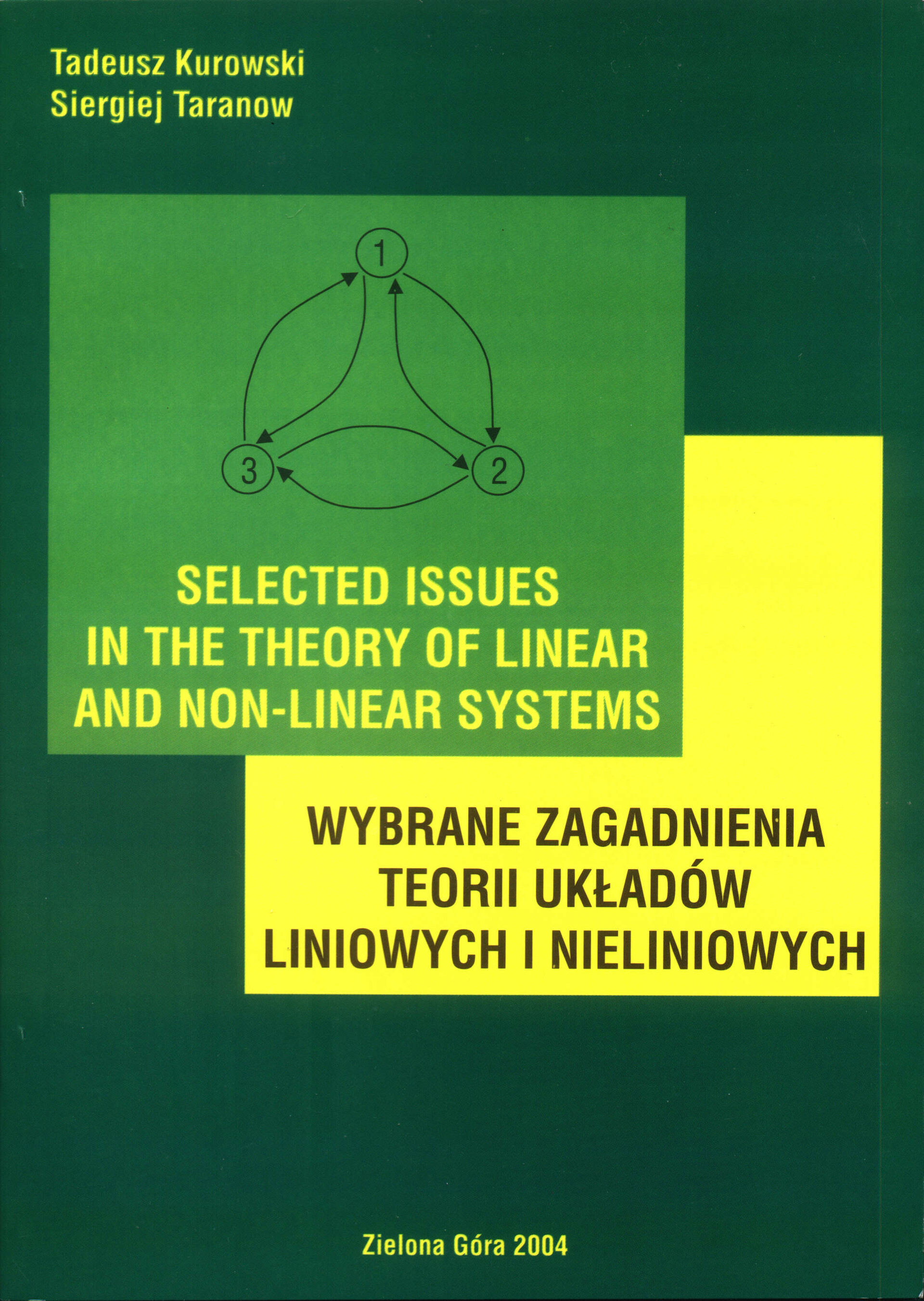
ISBN: 83-89321-93-9
Zielona Góra: Oficyna Wydawnicza Uniwersytetu Zielonogórskiego, 2004
Impulsowe układy transformujące napęcia przemienne Monografia dotyczy impulsowych układów transformujących napięcia przemienne ze sprzężeniem elektrycznym oraz hybrydowym (elektrycznym i elektromagnetycznym). Umożliwiają one zmianę parametrów wielkości fizycznych charakteryzujących energię elektryczną prądu przemiennego (napięcia, prądu oraz mocy obciążenia) bez zmiany częstotliwości harmonicznej podstawowej napięcia. Podobnie jak w przypadku transformowania napięć przemiennych za pomocą transformatora konwencjonalnego.
Monografia dotyczy impulsowych układów transformujących napięcia przemienne ze sprzężeniem elektrycznym oraz hybrydowym (elektrycznym i elektromagnetycznym). Umożliwiają one zmianę parametrów wielkości fizycznych charakteryzujących energię elektryczną prądu przemiennego (napięcia, prądu oraz mocy obciążenia) bez zmiany częstotliwości harmonicznej podstawowej napięcia. Podobnie jak w przypadku transformowania napięć przemiennych za pomocą transformatora konwencjonalnego.
ISBN: 83-89321-51-3, Zielona Góra: Oficyna Wydawnicza Uniwersytetu Zielonogórskiego, 2003
https://zbc.uz.zgora.pl/dlibra/publication/1259/edition/1508
Wybrane zagadnienia teorii układów liniowych i nieliniowych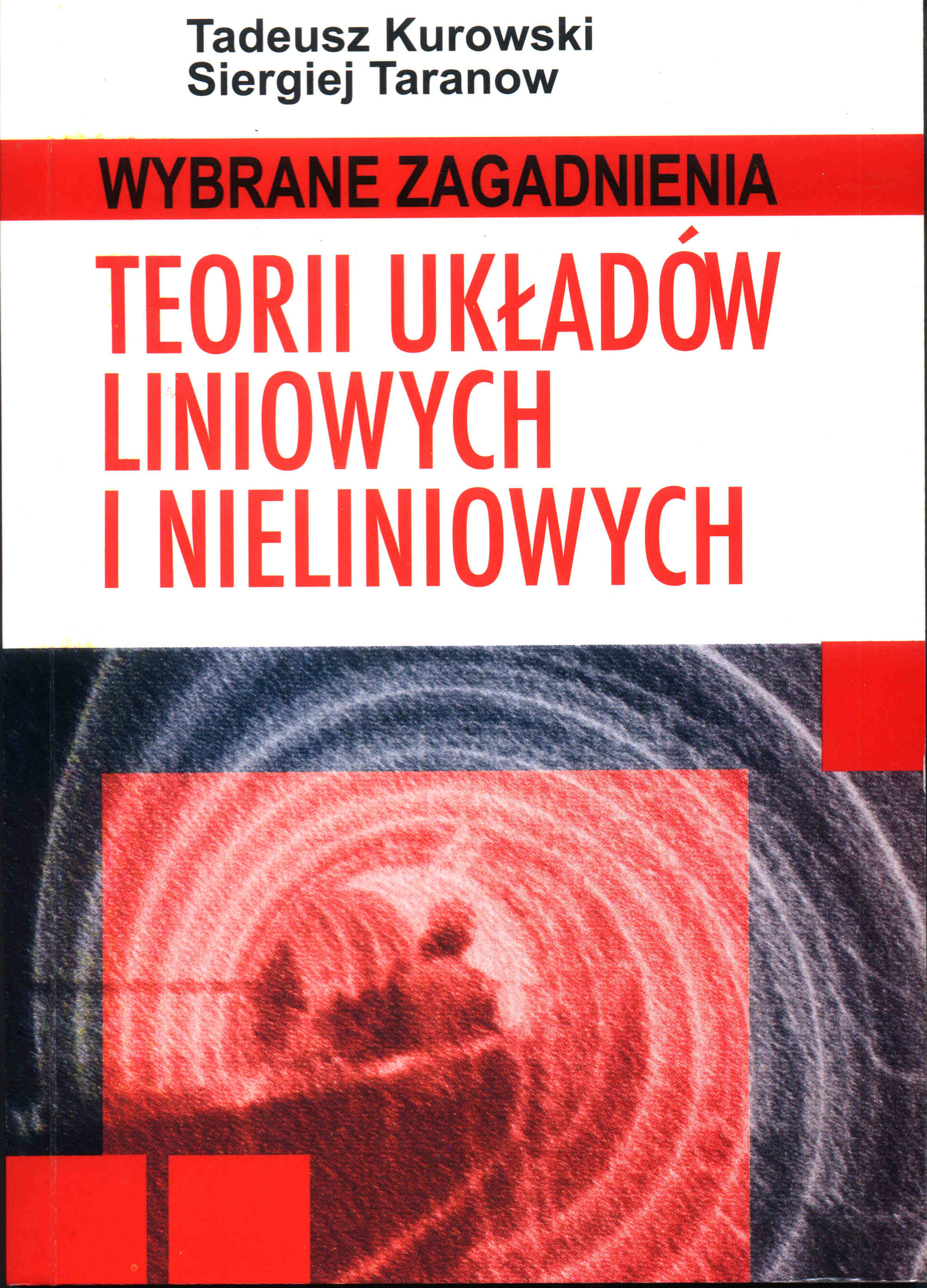
ISBN: 83-89321-41-6
Zielona Góra: Oficyna Wydawnicza Uniwersytetu Zielonogórskiego, 2003
Chaoticeskie processy v sistemach silovoj elektroniki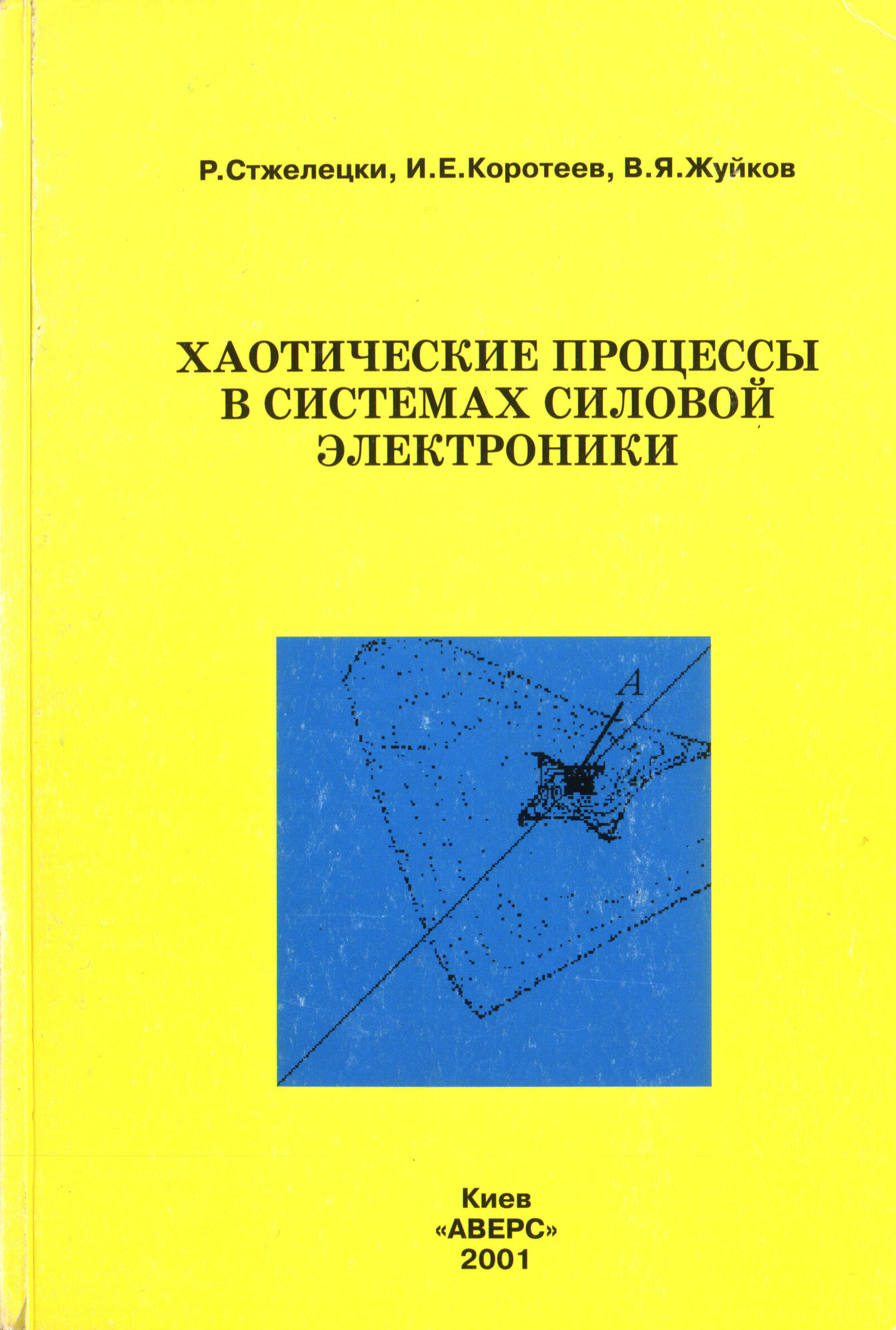
ISBN: 966-95297-8-6
Kiev: Izd. centr „Avers”, 2001
Współczynnik mocy w systemach zasilania prądu przemiennego i metody jego poprawy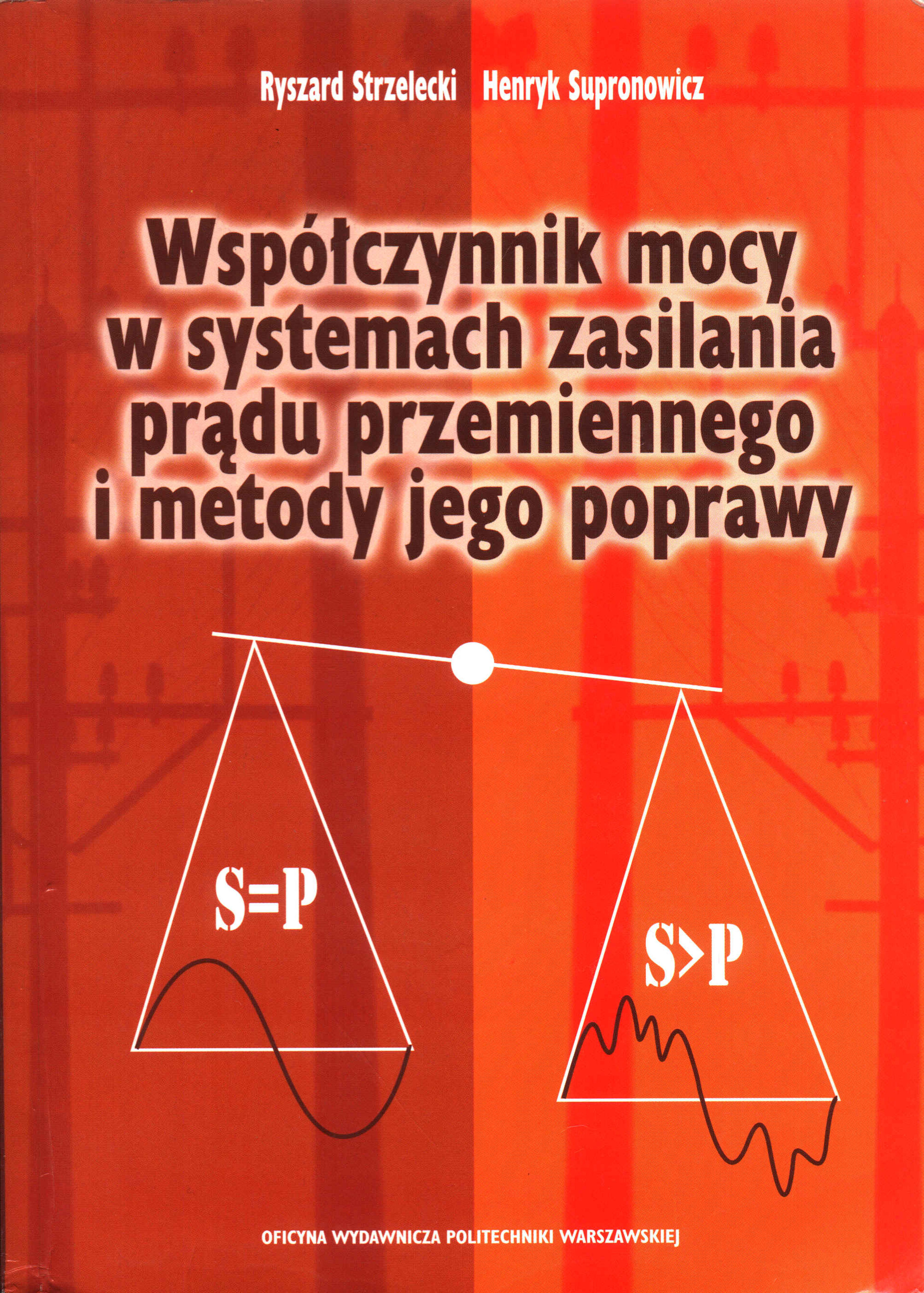 Podręcznik przedstawia negatywne oddziaływanie odbiorników nieliniowych, głównie energoelektronicznych, na sieć lektroenergetyczną oraz metody ograniczenia i kompensacji tego oddziaływania. Omawia wybrane zagadnienia teorii mocy, metody identyfikacji składowych niepożądanych prądów, symetryzację odbiorników energii elektrycznej, kompensację mocy przesunięcia fazowego, filtry aktywne i hybrydowe przekształtniki o jednostkowym współczynniku mocy.
Podręcznik przedstawia negatywne oddziaływanie odbiorników nieliniowych, głównie energoelektronicznych, na sieć lektroenergetyczną oraz metody ograniczenia i kompensacji tego oddziaływania. Omawia wybrane zagadnienia teorii mocy, metody identyfikacji składowych niepożądanych prądów, symetryzację odbiorników energii elektrycznej, kompensację mocy przesunięcia fazowego, filtry aktywne i hybrydowe przekształtniki o jednostkowym współczynniku mocy.
ISBN: 83-7207-106-3
Warszawa: Oficyna Wydawnicza Politechniki Warszawskiej, 2000
Filtracja harmonicznych w sieciach zasilających prądu przemiennego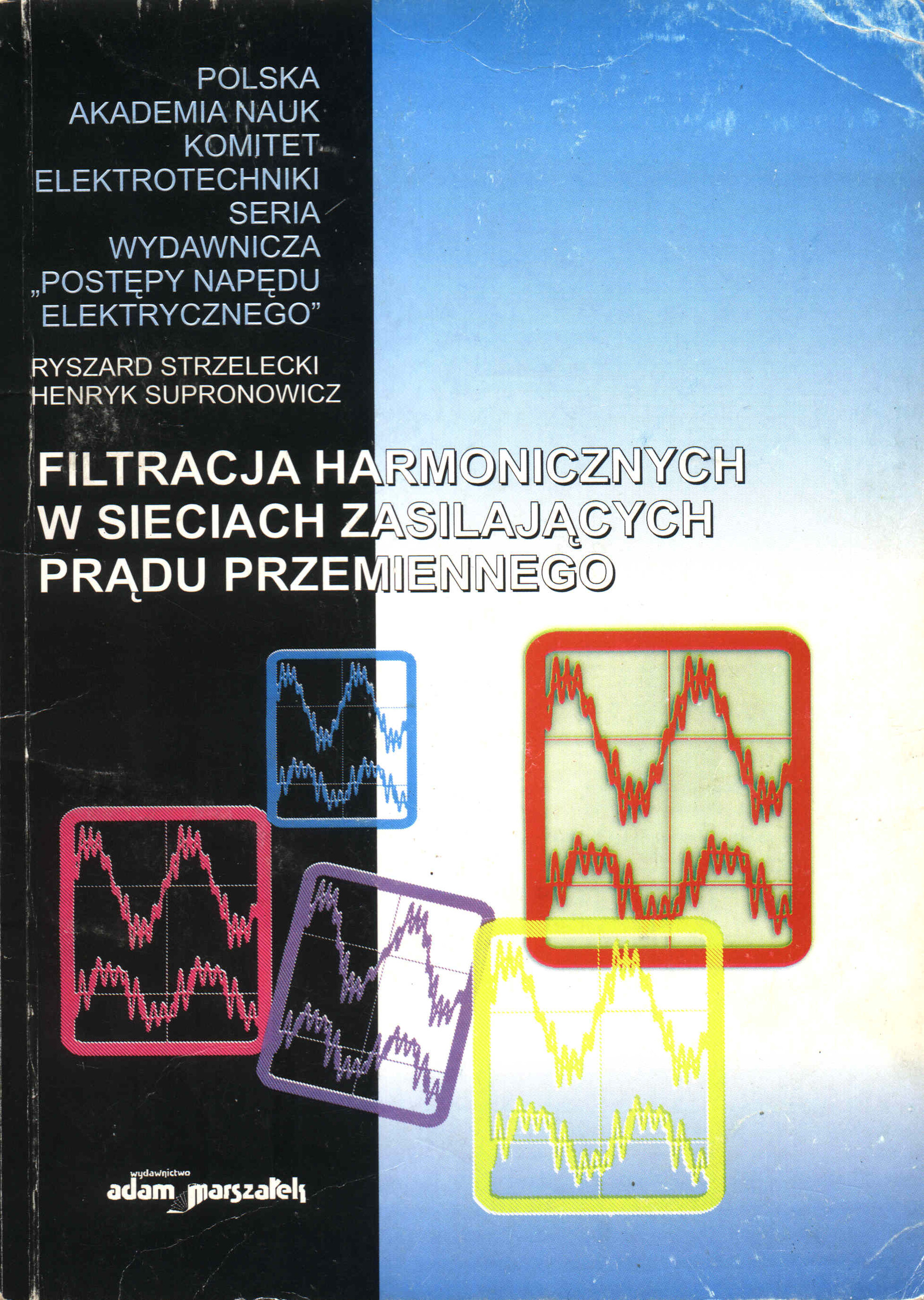 Monografia obejmuje wachlarz zagadnień związanych z występowaniem i eliminacją harmonicznych w sieciach zasilających prądu przemiennego. Omówiono podstawowe źródła i skutki oddziaływania harmonicznych oraz metody i układy filtracyjne. Znaczną uwagę poświęcono perspektywicznym metodom oraz układom energetycznej filtracji aktywnej i filtracji hybrydowej i ich właściwościom. Materiał zawarty w monografii uwzględnia nowoczesne metody sterowania tymi układami, ze szczególnym uwzględnieniem sterowania na podstawie teorii mocy chwilowej. Książka jest przeznaczona dla inżynierów elektryków, energetyków i energoelektroników. Może być przydatna dla doktorantów i studentów ostatnich lat studiów wydziałów elektrycznych wyższych szkół technicznych.
Monografia obejmuje wachlarz zagadnień związanych z występowaniem i eliminacją harmonicznych w sieciach zasilających prądu przemiennego. Omówiono podstawowe źródła i skutki oddziaływania harmonicznych oraz metody i układy filtracyjne. Znaczną uwagę poświęcono perspektywicznym metodom oraz układom energetycznej filtracji aktywnej i filtracji hybrydowej i ich właściwościom. Materiał zawarty w monografii uwzględnia nowoczesne metody sterowania tymi układami, ze szczególnym uwzględnieniem sterowania na podstawie teorii mocy chwilowej. Książka jest przeznaczona dla inżynierów elektryków, energetyków i energoelektroników. Może być przydatna dla doktorantów i studentów ostatnich lat studiów wydziałów elektrycznych wyższych szkół technicznych.
ISBN: 83-7174-408-0
Toruń: Wydaw. Adam Marszałek, 1999
Energoelektroniczne układy sterowania mocą prądu przemiennego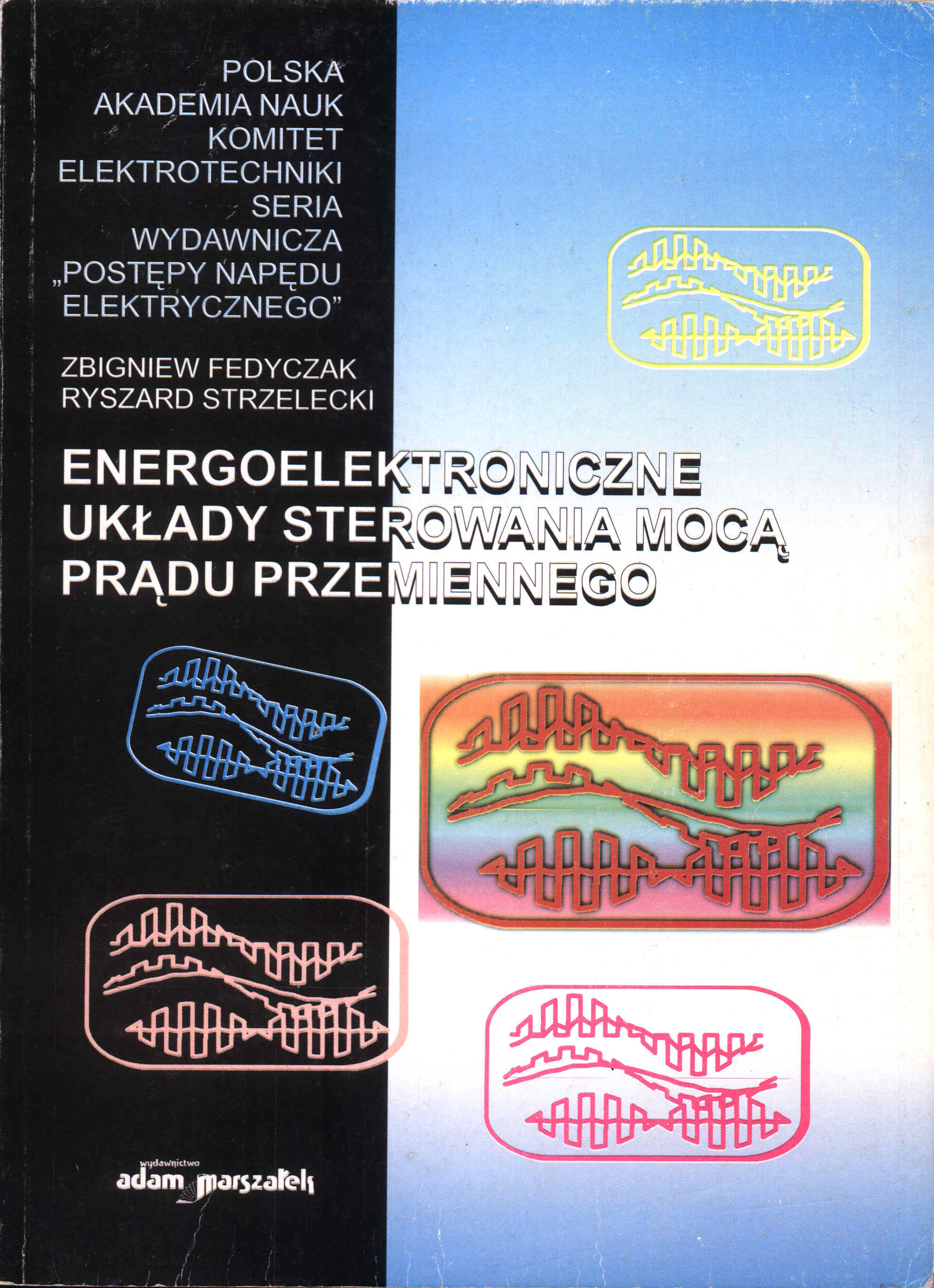
ISBN: 83-7174-050-6
Toruń: Wydaw. Adam Marszałek, 1997


